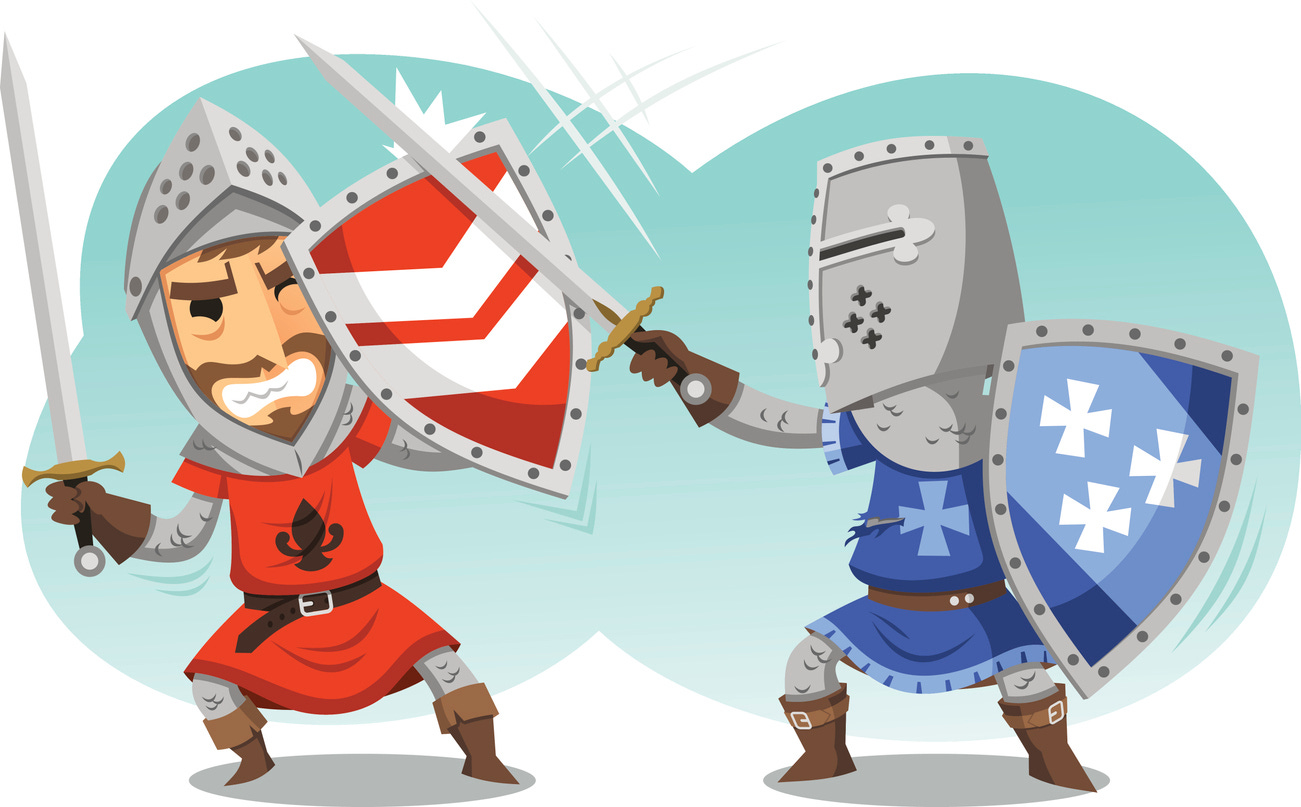Pitch Them Back
Why salespeople in your inbox can be a source of new business.
Welcome to Mo’s Letter, a weekly publication by Dr Mo about social media, business strategy and career development. We publish every Wednesday morning.
If you’ve spent more than 5 minutes on LinkedIn, you’ve probably gotten a DM by now from a random stranger trying to sell you something.
“Ugh,” you think to yourself. “Another sales pitch. You don’t even know me, dude!”
Countless LinkedIn “gurus” and sales webinars have extolled the virtues of “cold pitching” — sliding into a stranger’s inbox to pitch them something. For many of these salespeople, they’re merely following the script.
Today, I’m going to show you how to flip that script to your benefit.
Perspective
Think of a salesperson in your inbox like a knight going to a jousting tournament.
Every day, they need to don their armour, get on their horse, and ride for victory (sales). If they can knock their targets off their horses (you being one of them), they win.
Instead of getting peeved that they see you as a target, think like a local smith watching from the sidelines. Appraise the knight and see what you can offer him to make him more battle-ready.
For example, let’s say you’re a copywriter.
When a salesperson lands in your inbox, here’s what you should do instead of dismissing or blocking them.
1. Appraise their brand
Immediately go to their profile and check out their bio, LinkedIn page, and website. Follow all the links to their social media platforms to see what type of content they post and how you can improve it.
Nine times out of ten, you’ll spot an opportunity to either write a new batch of copy, or rewrite existing text for their landing page, blog, social media accounts, company profile, or brochure.
And because you’re the expert, you’ll know where they can improve, why they need to do so, and how it will benefit them. This forms the basis of your counter-pitch.
2. Link to a company asset
Your counter-pitch needs to be more compelling than theirs. To build credibility, make sure you’ve designed your website (get one), set up your social media pages (get it done), and written your company profile (get one written).
3. Prepare a thoughtful response
A pitch, at its core, is simply someone asking you “Hey, do you need this thing I offer?”
The correct response, in this case, is “No thanks; but I see you might need this other thing I offer — and here’s why.”
Your goal with a counter-pitch is to acknowledge their effort, point out the gaps in their marketing, and offer a solution. Here’s how that conversation might go:
Salesperson:
Hi there!
Thanks for accepting my connection request.
Our joinery, Hammer & Blow, builds custom furniture for offices around the country. We’ve served over 75 happy clients countrywide and would love to help you redesign your workspace.
You can contact me on 081 xxx xxxx or email me at info@hammerandblow.com. Our portfolio is available at our website.
Regards,
Mr. Henry Ammer / Sales Director
You, copywriter extraordinaire:
Great pieces Henry; thanks for sharing. BTW, I noticed your LinkedIn page is empty?
I’m a copywriter over at Grammar & Flow and we specialize in crafting social media content for businesses like yours.
Let’s schedule a 10-minute call to discuss writing content for your LinkedIn page, website, and company blog with winning words — and to also boost your ranking on search engines.
My number: 081 xxx xxxx
I’ve attached our company profile for you to check out — feel free to reach out to me if you have any questions.
Chat soon,
Mo @ Grammar & Flow
That’s it.
You can adapt this script depending on who you’re talking to and what you sell. If they pitch you event tickets, pitch them catering services. If they pitch you team building services, pitch them branded t-shirts. The key is to keep it light and conversational but still focused on the benefits they’ll get from you.
Worst case scenario, they’ll leave you alone. Best case, you gain a new client.
Recap
The “knight” analogy changes your perspective on sales pitches. Instead of getting annoyed at the jousting knight coming at you with a lance, you realize he could actually use a stronger, faster horse. Maybe his lance breaks easily — and you just so happen to sell premium lances. Perhaps his horse needs new livery to make him stand out, or he could protect himself better with a new helmet.
In short: you go from turning him away to (profitably) helping him become a better salesperson through your products and services.
Always pitch the pitcher. It’ll make you a better knight yourself.
Till next week,
Mo
In my last post, I discussed a powerful motto for dealing with stress—and how to frame it in a positive light. Check it out:
Need help with social media management? Get in touch.
Hit the heart ❤️ button to feed a knight.




